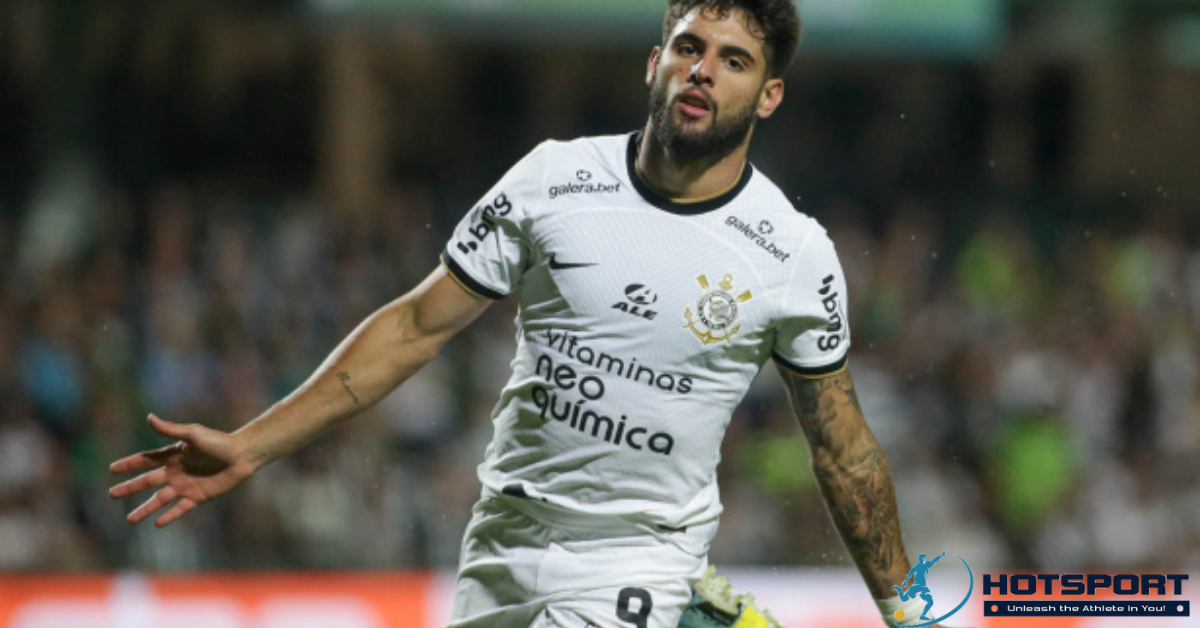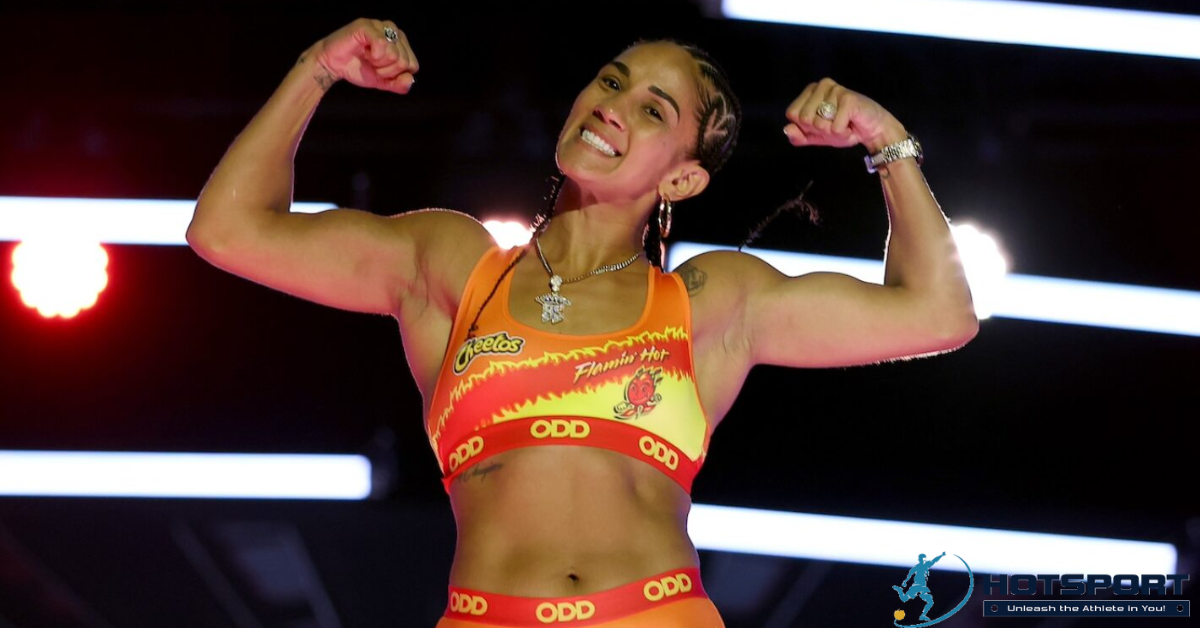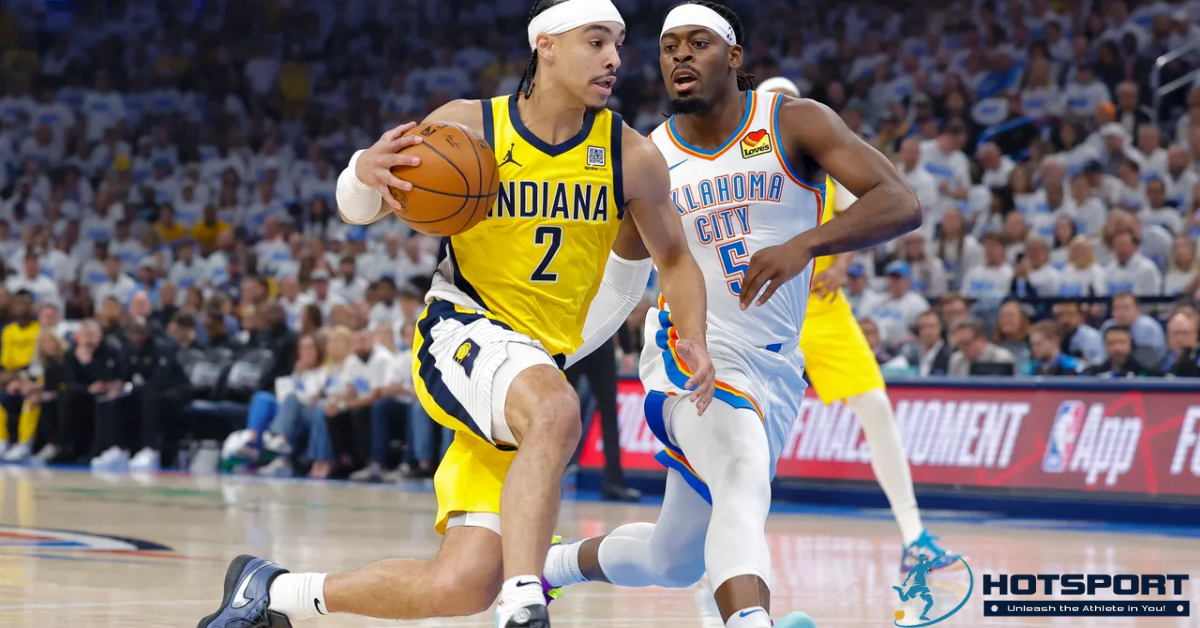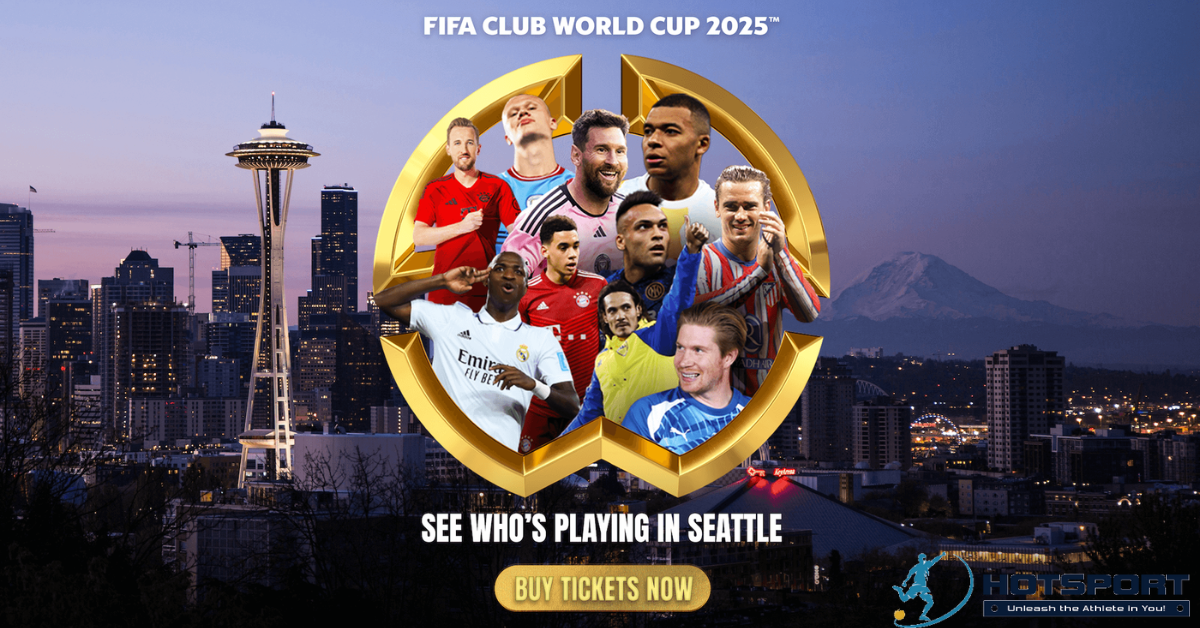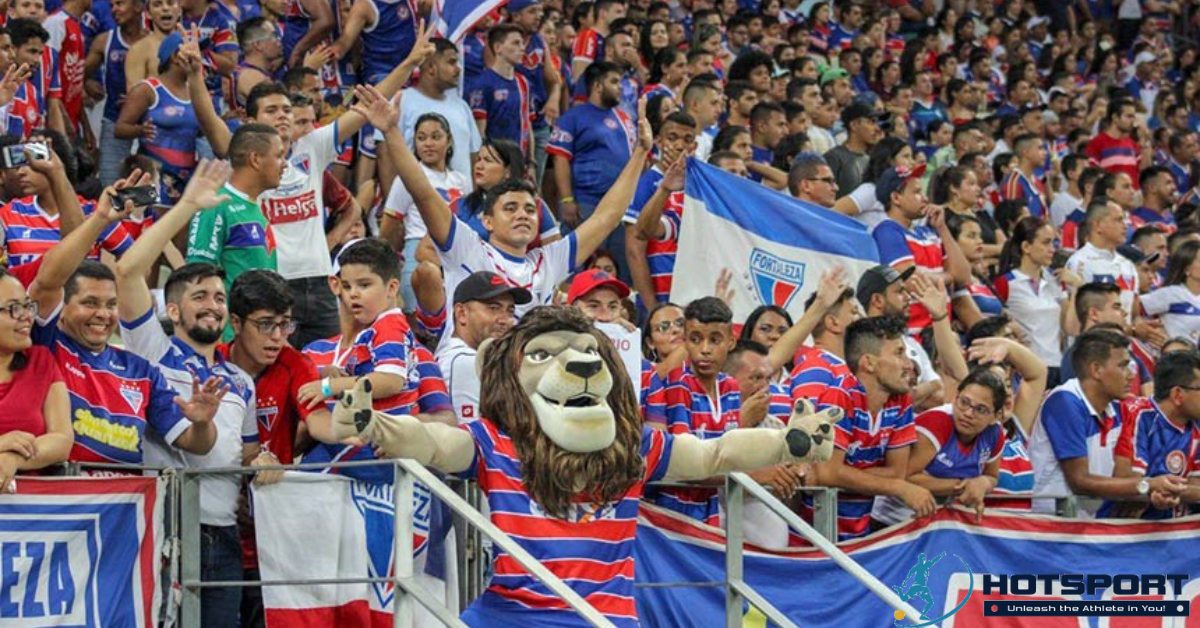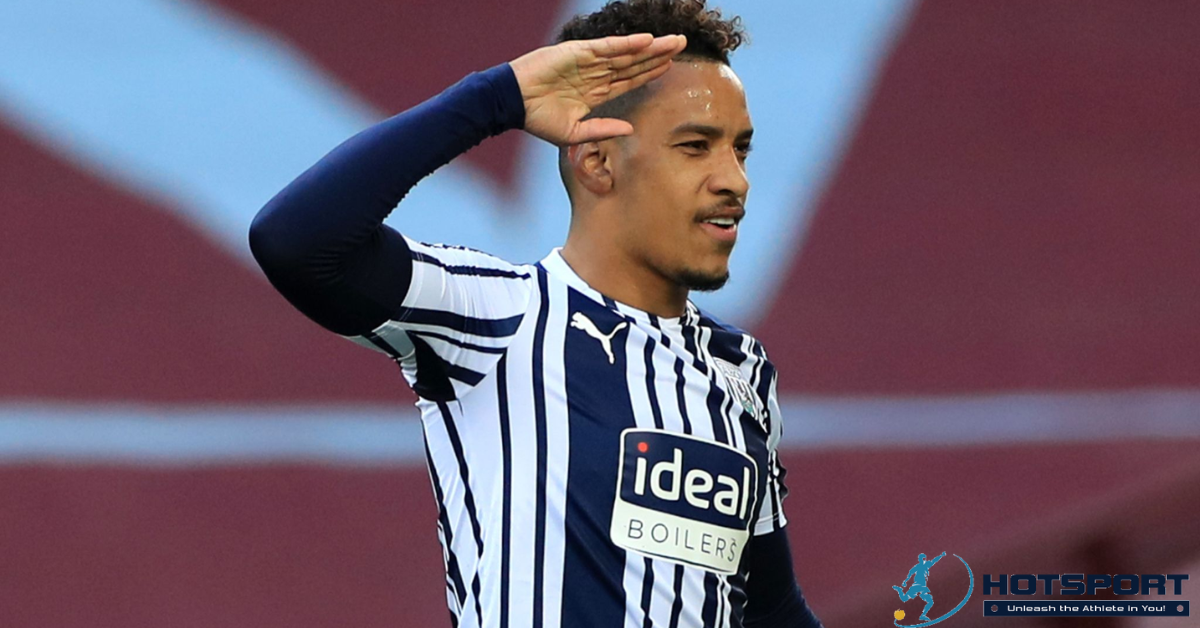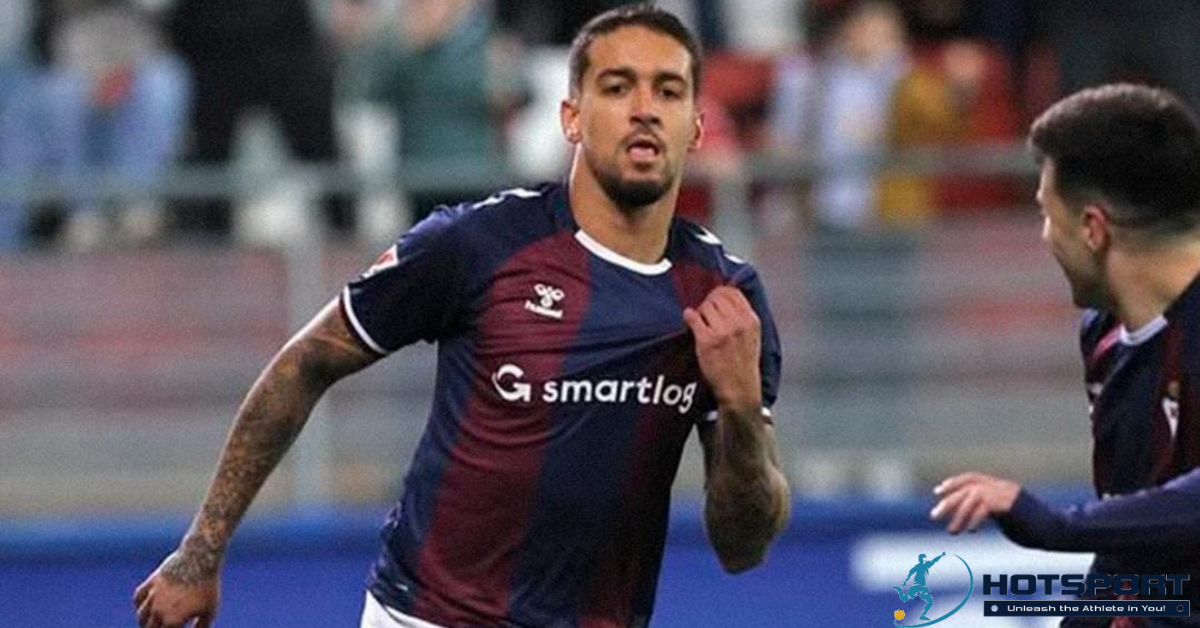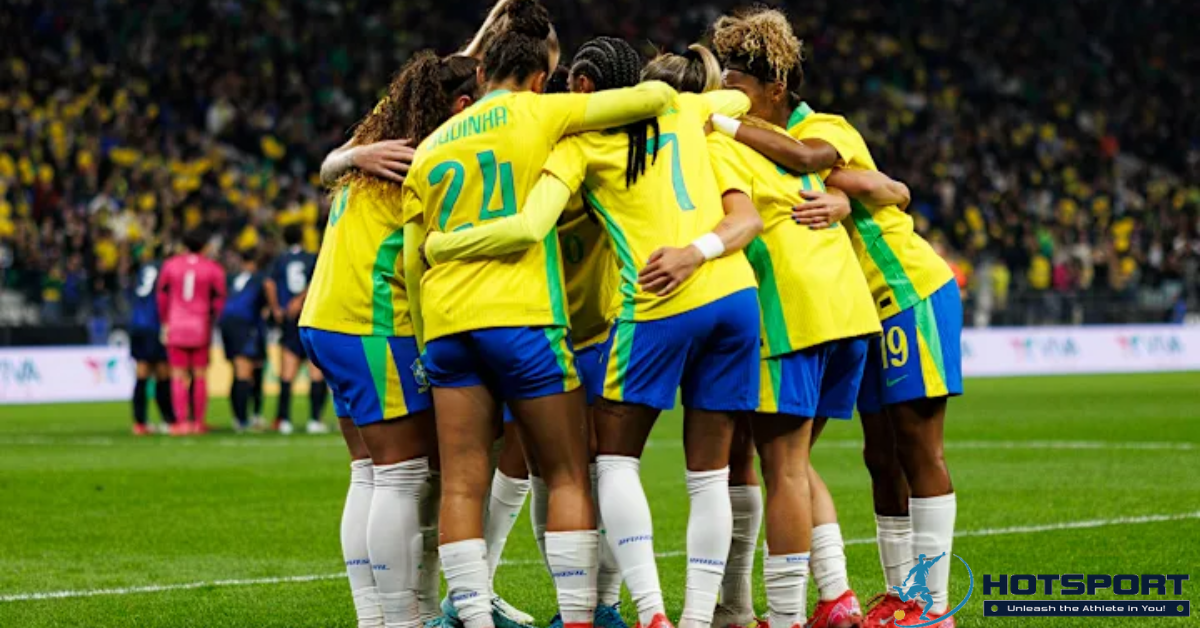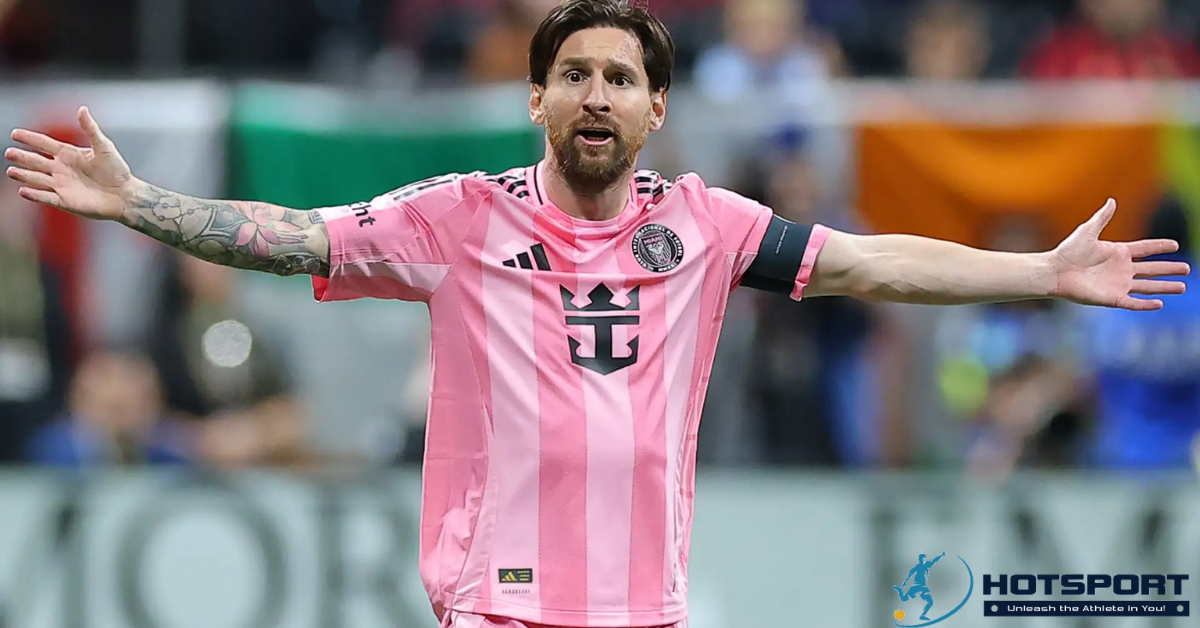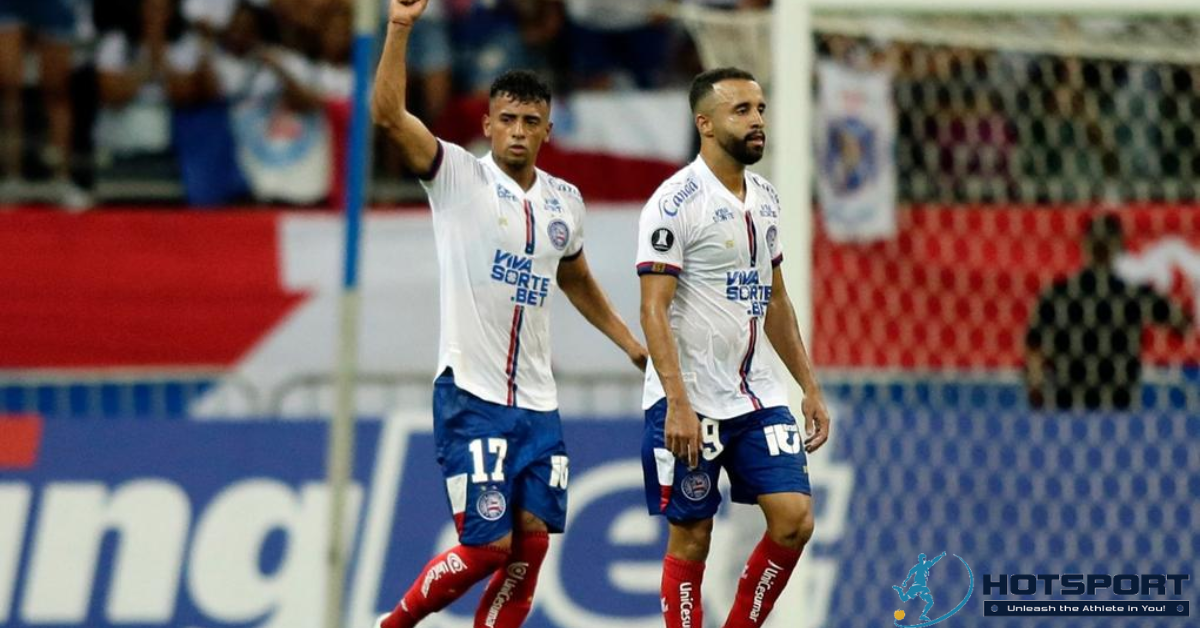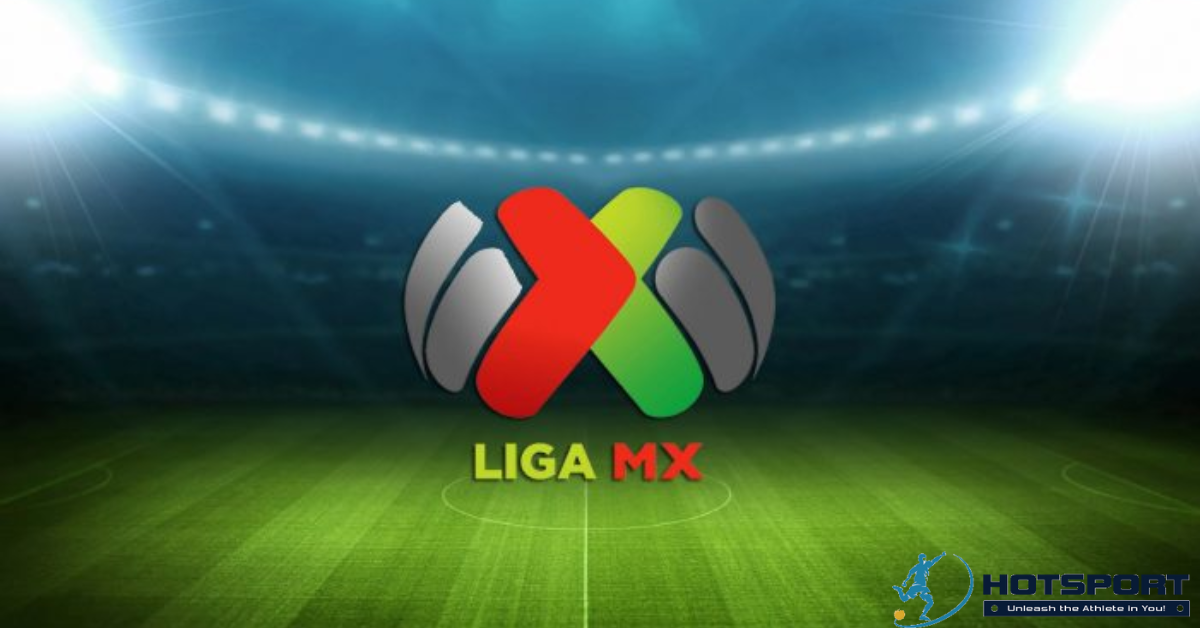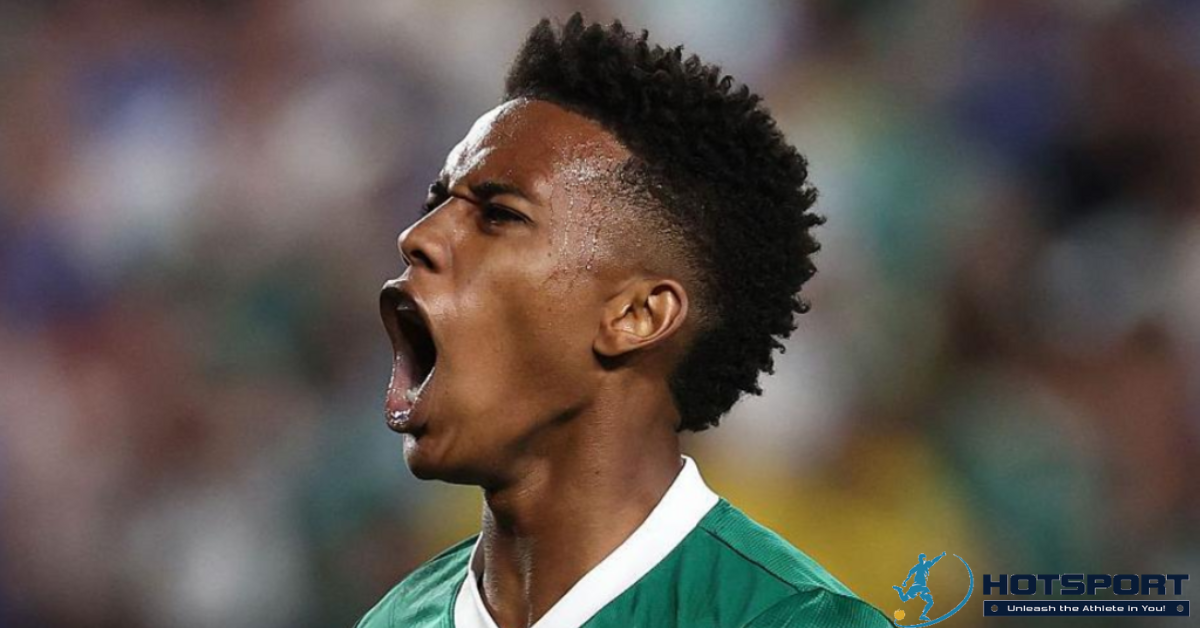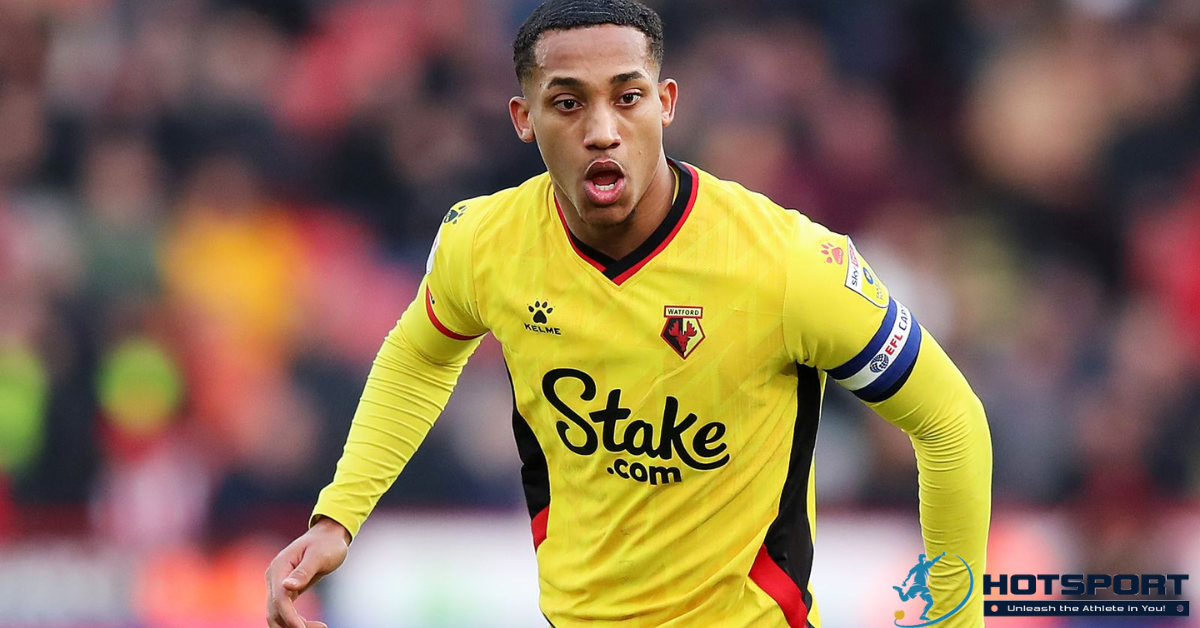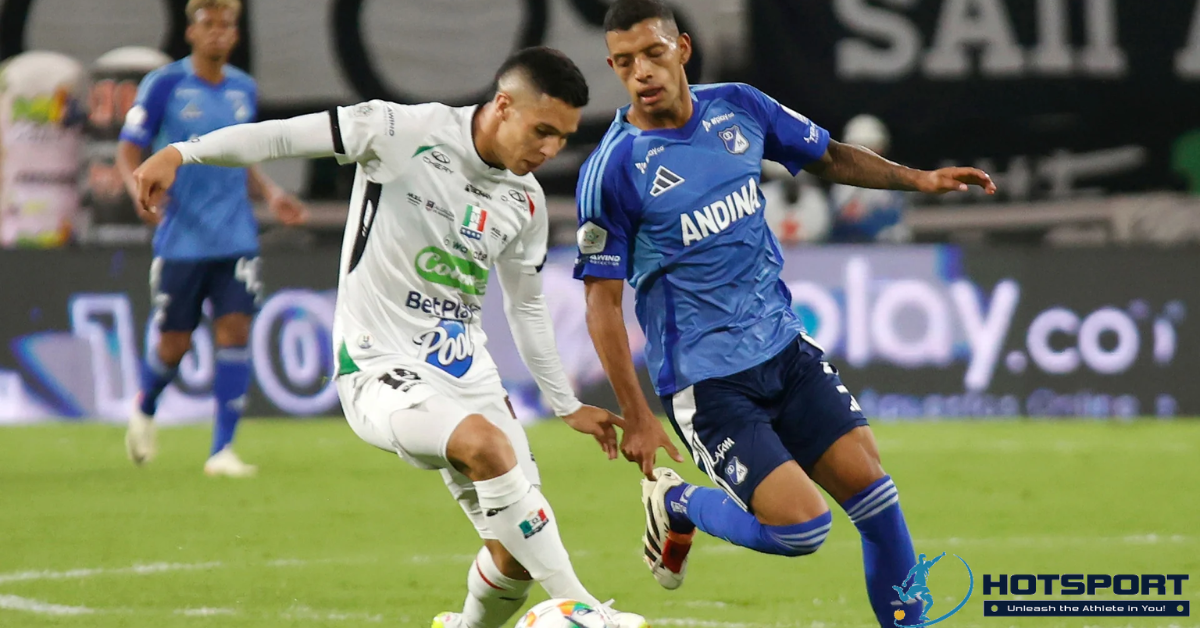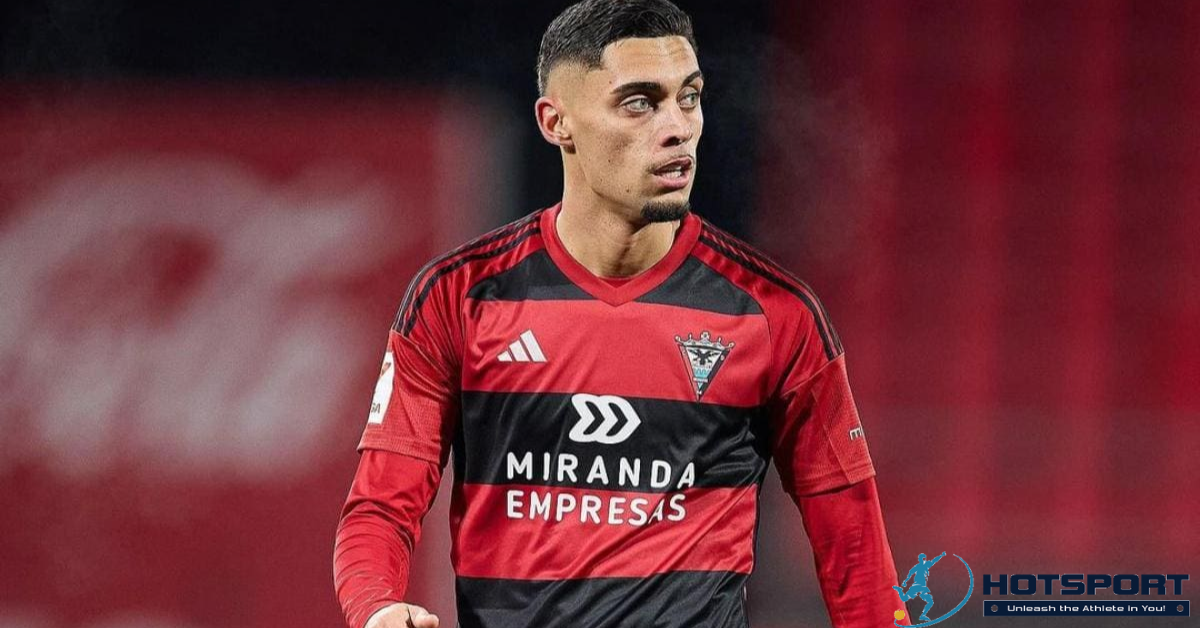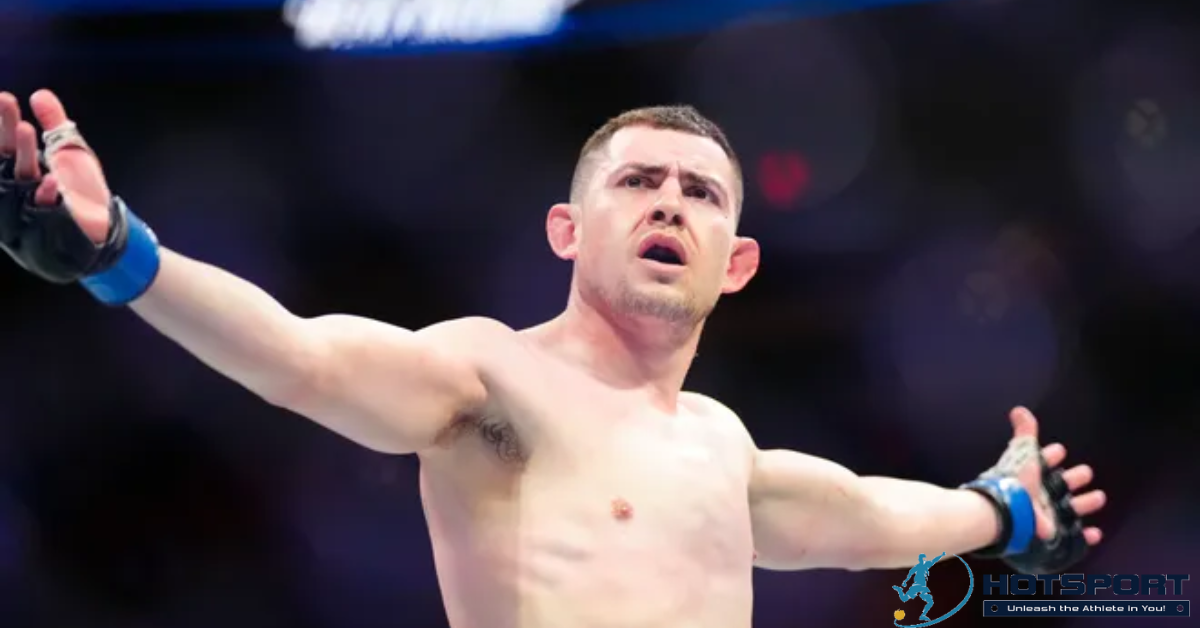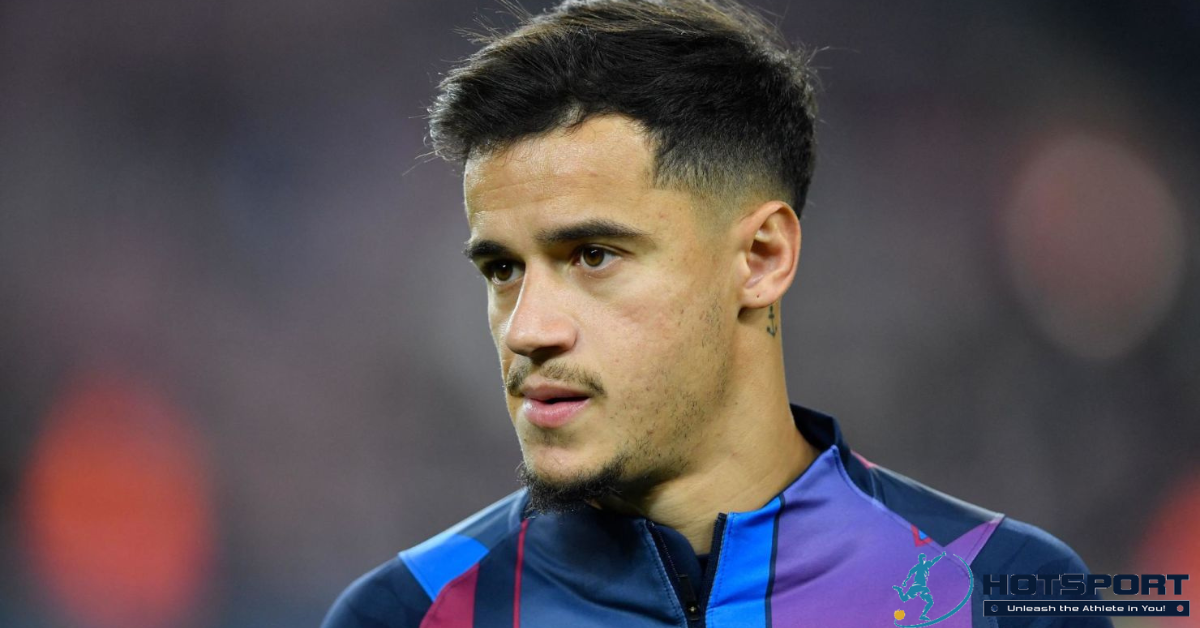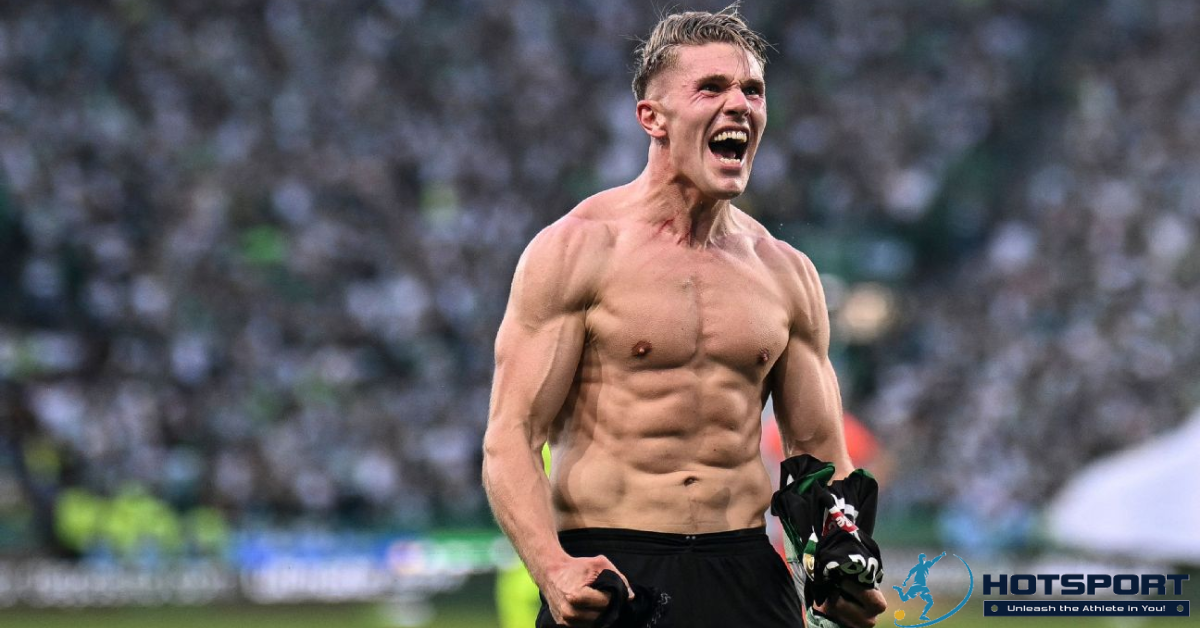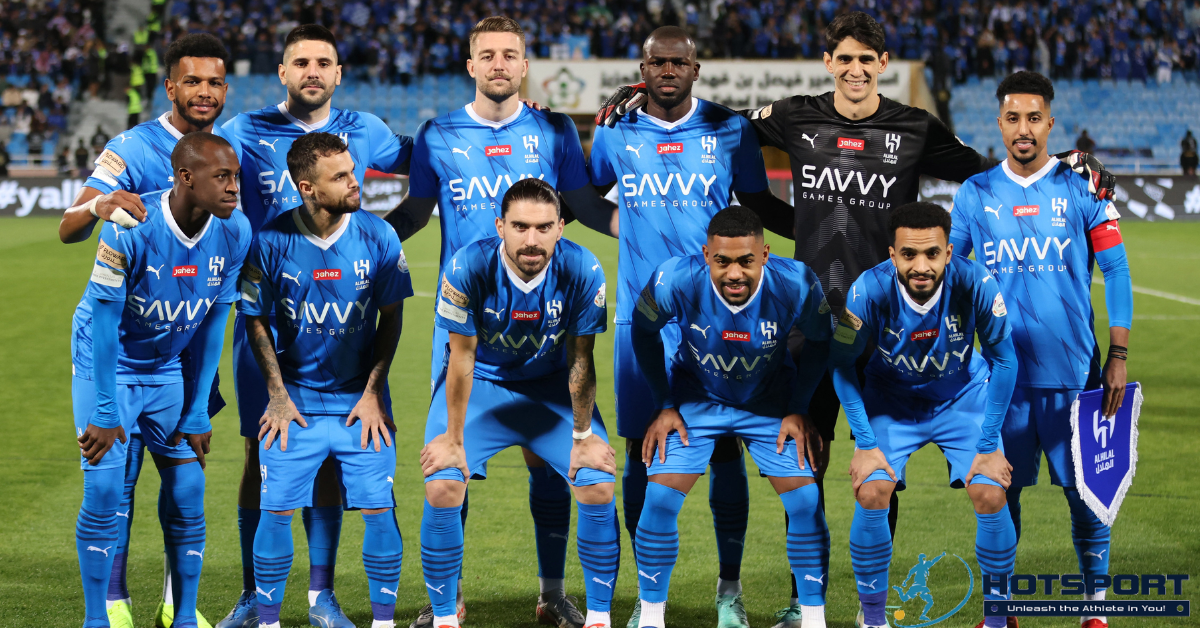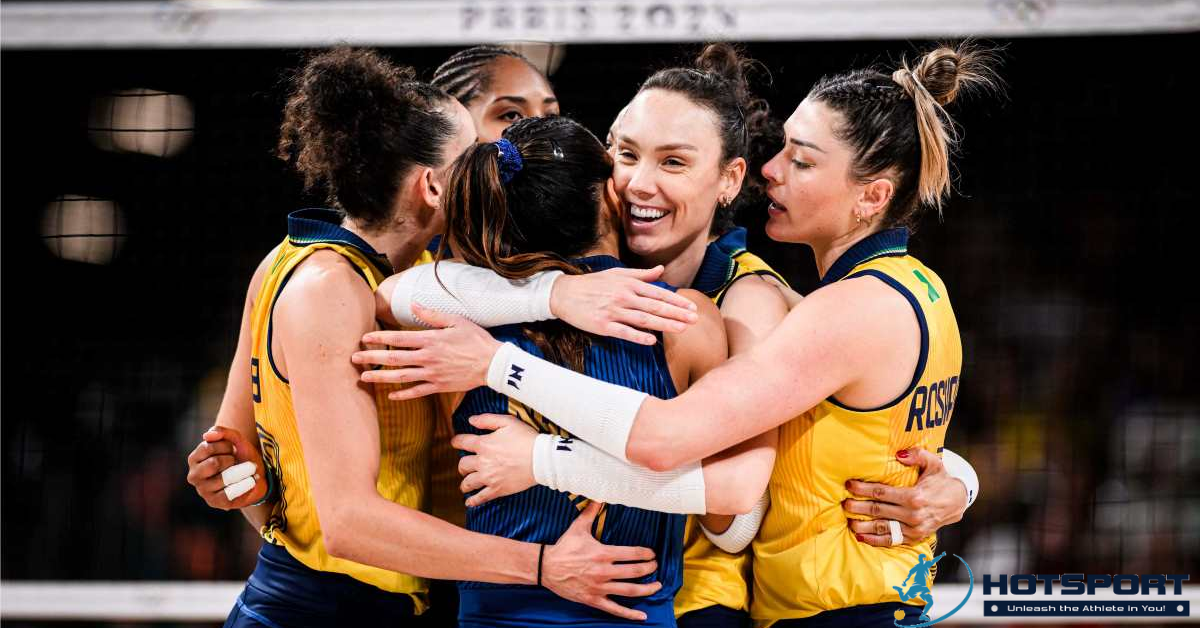History of Sport Club Corinthians Paulista
Sport Club Corinthians Paulista, affectionately known as “Timão” or “Coringão,” is one of Brazil’s most iconic and beloved clubs. Founded on September 1, 1910, in São Paulo’s Tatuapé neighborhood, Corinthians is a multi-sport club primarily renowned for its professional football team, but also for its significance in other sports and its massive fanbase, exceeding 30 million supporters. This article delves into the rich history, achievements, culture, and impact of Corinthians, celebrating its over-a-century-long legacy.
Origins and Foundation
A People’s Club
Sport Club Corinthians Paulista was born from a democratic ideal: to be a team of the people, for the people, and by the people. Founded by five anarcho-syndicalist workers from the Bom Retiro neighborhood—Joaquim Ambrósio, Antônio Pereira, Rafael Perrone, Anselmo Corrêa, and Carlos Silva—the club was inspired by the Corinthian Football Club, an English team touring Brazil at the time. On September 1, 1910, at 8:30 p.m., at the corner of José Paulino and Cônego Martins streets, Corinthians was officially established, with a mission to represent São Paulo’s working class in a sports scene dominated by elitist clubs.
The First Match and the Motto “This One Will Last”
Corinthians’ first match took place on September 10, 1910, against União Lapa Futebol Clube, resulting in a 1-0 loss. Four days later, the club secured its first victory, defeating Estrela Polar 2-0. During this period, São Paulo saw the rise and fall of many amateur clubs. At Corinthians’ first training session, a banner was displayed beside the field with the phrase “Esse Vai Durar” (“This One Will Last”), symbolizing the founders’ confidence in the club’s longevity. This prophecy proved true, as Corinthians not only survived but became one of Brazil’s greatest clubs.
Early Titles and Consolidation
Entry into the Paulista League
In 1913, Corinthians earned the right to compete in the Campeonato Paulista after winning two qualifying matches against Minas Gerais and FC São Paulo. The club’s official debut in the competition was on April 20, 1913, against Germânia, resulting in a 3-1 loss. Despite a challenging start with three losses and a draw in subsequent matches, the first victory came on September 7, a 2-0 win over Germânia.
The First Paulista Title
The 1914 season marked Corinthians’ first major achievement: the Campeonato Paulista title, won undefeated with 10 victories in 10 matches, scoring 37 goals and conceding only 9. The tournament’s top scorer was Neco, with 12 goals, and the team featured players like Aristides, Fúlvio, Casemiro González, Police, Bianco, César Nunes, Américo, Peres, Amílcar, Apparício, and Neco himself. This title established Corinthians as an emerging force in São Paulo football.
Dominance in the 1920s and 1930s
The 1920s were a period of consolidation for Corinthians. In 1922, the year of Brazil’s Independence Centenary, the club began a run of three consecutive Paulista titles (1922, 1923, and 1924), marking the start of its hegemony in the competition. After defeating América, the Rio de Janeiro champions, Corinthians solidified its status as one of Brazil’s top clubs, in an era when São Paulo and Rio de Janeiro dominated Brazilian football. Another three-title streak came between 1928 and 1930, reinforcing Corinthians’ supremacy.
A standout figure of this era was striker Teleco, known as “The King of Comebacks.” Between 1935 and 1941, he was the Paulista Championship’s top scorer in five editions, scoring 251 goals in 246 matches, an impressive record that cemented him as one of the club’s greatest idols.
Challenges and Resilience
The Drought of the 1950s and 1960s
From 1954 to 1977, Corinthians endured a long period without major titles, one of the most challenging phases in its history. During the 1960s, the lack of trophies led the fanbase to find strength in faith, adopting Saint George, the “Warrior Saint,” as the club’s patron. In the early 1960s, Corinthians built the Saint George Chapel at its Parque São Jorge headquarters, reinforcing its identity and resilience. In 1969, following the tragic deaths of players Lidu and Eduardo, their funeral at the chapel further strengthened the bond between fans and the saint.
The End of the Drought
The title drought ended in 1977 when Corinthians won the Campeonato Paulista after 23 years, defeating Ponte Preta. This victory was an emotional milestone for the fanbase, which filled the Morumbi Stadium in one of the greatest displays of support in the club’s history. The triumph marked Corinthians’ return to the top of São Paulo football and reignited the passion of its supporters.
National and International Achievements
National Titles
Corinthians is one of Brazil’s most successful clubs, with 11 national titles, including seven Brazilian Championships (1990, 1998, 1999, 2005, 2011, 2015, and 2017), three Copa do Brasil titles (1995, 2002, and 2009), and one Supercopa do Brasil (1991). The 2005 Brasileirão title, despite controversies surrounding the annulment of 11 matches due to a betting scandal, was a highlight, led by players like Tevez and Nilmar.
International Glory
Corinthians has also shone on the international stage. In 2000, the club won the inaugural FIFA Club World Cup, held in Brazil, as the host nation’s representative. The feat was repeated in 2012, when Corinthians defeated Chelsea 1-0 in Japan, after winning the Copa Libertadores undefeated earlier that year. The 2012 Libertadores campaign, culminating in a victory over Boca Juniors, was historic, making Corinthians the ninth Brazilian club to lift the trophy. Additionally, the club won the Recopa Sudamericana in 2013.
Corinthians’ Home: Parque São Jorge and Neo Química Arena
Parque São Jorge: The Fazendinha
Corinthians’ social headquarters, located in the Parque São Jorge in Tatuapé, is a historic and cultural landmark. Known as “Fazendinha,” the 162,000-square-meter complex hosts over 40 sports, including Brazil’s largest aquatic facility, multi-sport gyms, courts, restaurants, and a memorial showcasing the club’s rich history. Since 1929, Parque São Jorge has been the administrative and social heart of Corinthians, serving as a gathering place for fans and members.
Neo Química Arena: The Modern Temple
Since 2014, Corinthians has played its home matches at the Neo Química Arena, also known as “Itaquerão” or “Fielzão.” Built for the 2014 FIFA World Cup, the stadium has a capacity of 49,205 and hosted the tournament’s opening match. With a final cost of nearly 1.2 billion reais, the arena faced criticism for labor conditions during construction and a 420-million-reais tax exemption granted by São Paulo’s city government. Nevertheless, the Neo Química Arena has become a modern symbol of the club, attracting an average of 32,308 paying spectators per match and generating over 234 million reais in revenue.
The Fiel Fanbase
A Nation of 33 Million
With over 33 million supporters, Corinthians is Brazil’s second-most popular club, behind only Flamengo. The “Fiel Torcida” (Faithful Fanbase) is renowned for its unwavering passion, filling stadiums and supporting the team through thick and thin. In 2012, approximately 35,000 fans traveled to Japan to cheer for Corinthians in the Club World Cup final, showcasing the global strength of its fanbase.
The Fiel Torcedor Program
The Fiel Torcedor program offers exclusive benefits, such as priority ticket purchases and discounts for matches. Special categories, including children under 11, seniors over 60, and people with disabilities, receive discounted or free entry, reinforcing the club’s commitment to inclusion. The Parque São Jorge headquarters, located at Rua São Jorge, 777, also houses a service desk for members.
Historic Rivalries
Corinthians has historic rivalries that electrify Brazilian football. The Derby Paulista against Palmeiras is considered one of the world’s greatest classics, marked by intense and fiercely contested matches. The Clássico Majestoso against São Paulo and the Clássico Alvinegro against Santos also ignite passions and divide families. These rivalries, deeply rooted in São Paulo’s football culture, are a core part of Corinthians’ identity.
Cultural and Social Impact
The Democracia Corinthiana
In the 1980s, under the leadership of players like Sócrates and Wladimir, Corinthians experienced a unique moment with the Democracia Corinthiana. During Brazil’s military regime, the club adopted a collective decision-making model involving players, coaching staff, and management, symbolizing resistance and freedom. This movement not only brought titles, such as the 1982 and 1983 Paulista Championships, but also established Corinthians as a club committed to democratic values.
Inclusion and Social Responsibility
Corinthians stands out for its inclusion initiatives. The club employs over 40 professionals with diverse limitations, such as Marcello Eloy, who has Autism Spectrum Disorder and works at the youth academy’s training center. Campaigns like Novembro Azul, focused on prostate cancer awareness, underscore the club’s commitment to social responsibility.
Corinthians Today
Management and Sponsorships
In 2025, Corinthians is led by president Augusto Melo, who took office in January 2023. The club secured a record-breaking 370-million-reais, three-year master sponsorship deal with Vai de Bet, the largest of its kind in Brazilian football history. Partnerships with brands like Banco Bmg, ALE Combustíveis, and UniCesumar bolster the club’s marketing efforts, which also extend to sports like futsal and basketball.
Youth Academy
Corinthians’ youth academy is one of Brazil’s most successful, with 10 Copa São Paulo de Futebol Júnior titles, one Brazilian Under-20 Championship, and one Copa do Brasil Under-17. The youth categories, ranging from under-11 to under-23, compete in state and national tournaments, developing talents who often progress to the senior team.
Conclusion
Sport Club Corinthians Paulista is more than a football club; it is an institution representing the passion, struggle, and resilience of the Brazilian people. Since its founding in 1910 in Tatuapé, Corinthians has built a history filled with achievements, challenges, and triumphs. With a loyal fanbase, an iconic headquarters at Parque São Jorge, and a modern stadium in the Neo Química Arena, the Timão continues to inspire millions of supporters and write new chapters in its glorious journey. As the club’s anthem proclaims: “Hail Corinthians, the champion of champions, forever in our hearts.”

